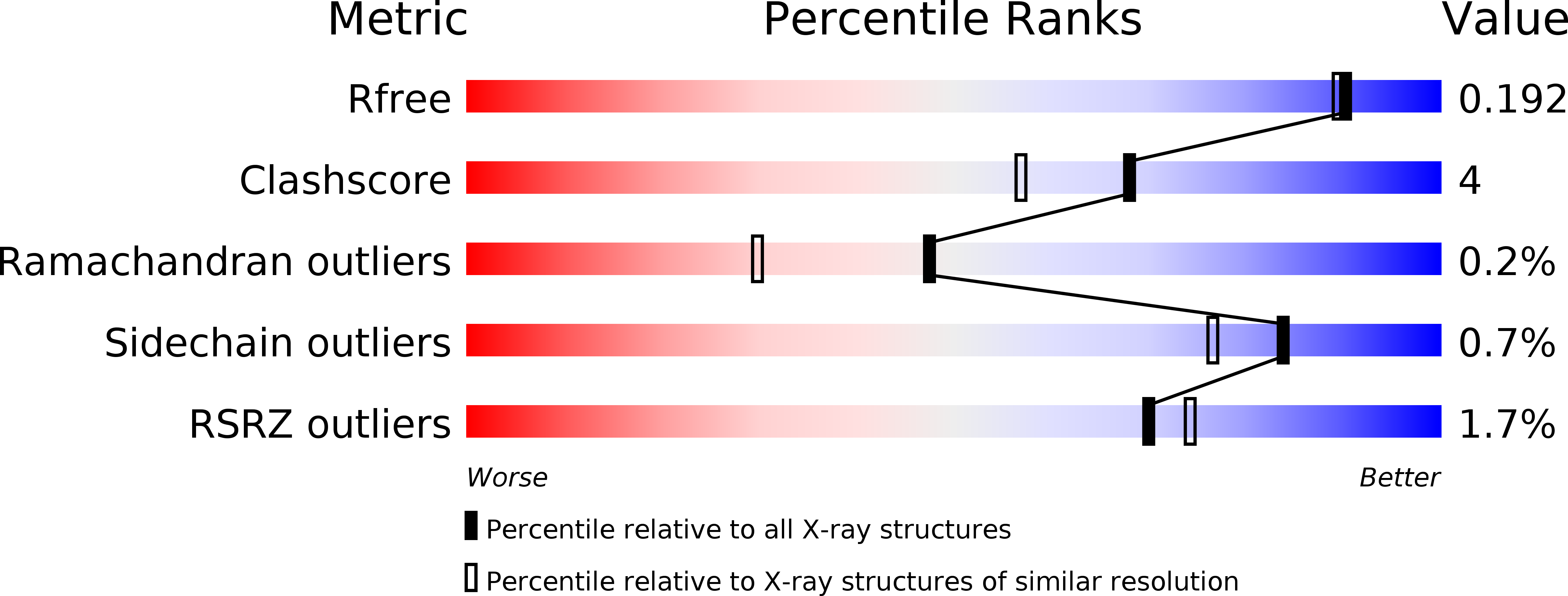
Deposition Date
2015-11-02
Release Date
2016-11-02
Last Version Date
2024-03-20
Entry Detail
PDB ID:
5EJM
Keywords:
Title:
ThDP-Mn2+ complex of R413A variant of EcMenD soaked with 2-ketoglutarate for 35 min
Biological Source:
Source Organism:
Escherichia coli K12 (Taxon ID: 83333)
Host Organism:
Method Details:
Experimental Method:
Resolution:
1.72 Å
R-Value Free:
0.19
R-Value Work:
0.16
R-Value Observed:
0.16
Space Group:
P 1


